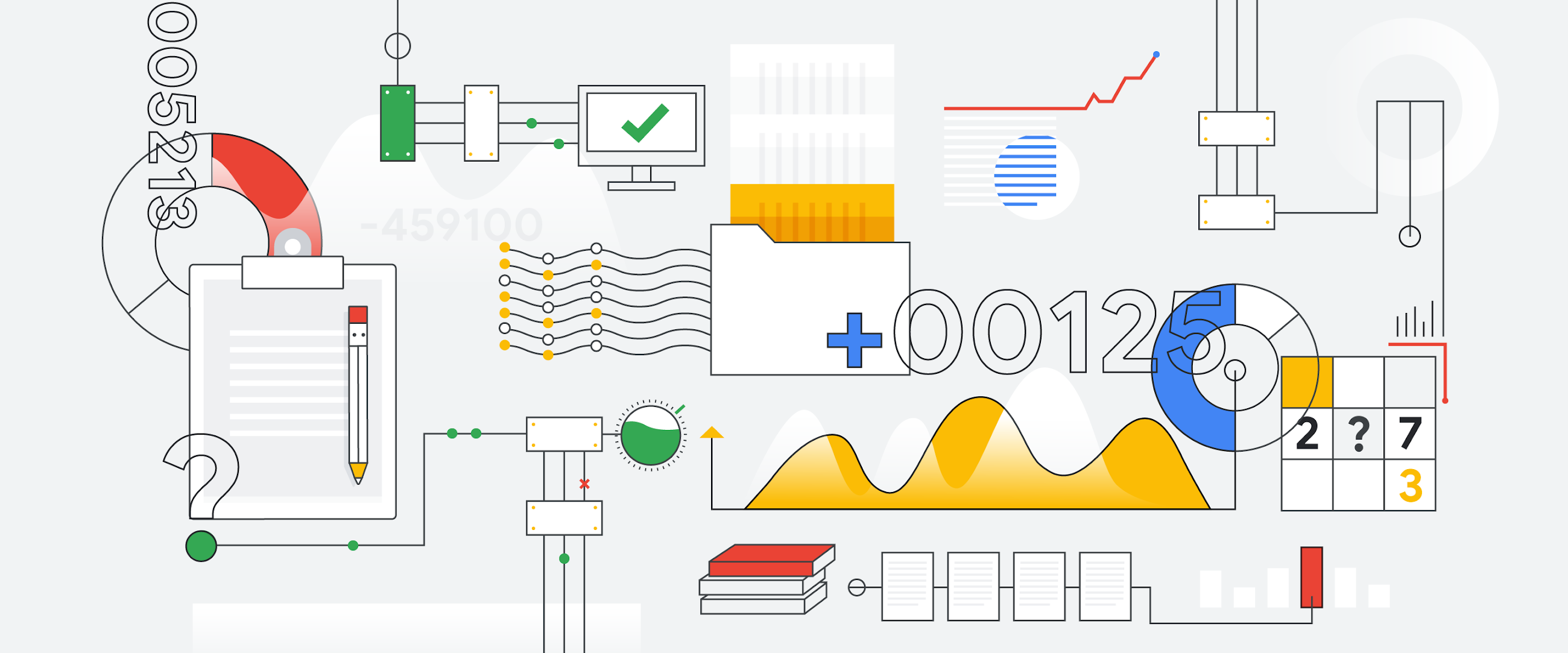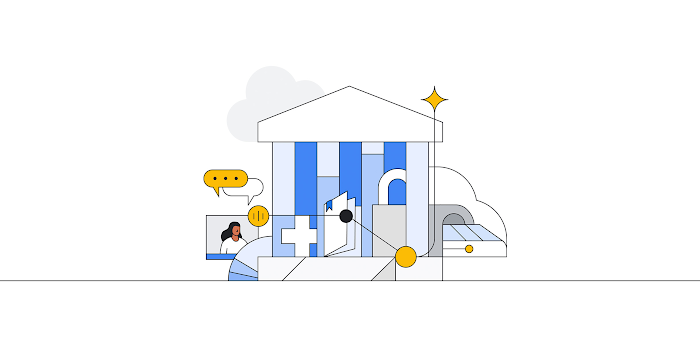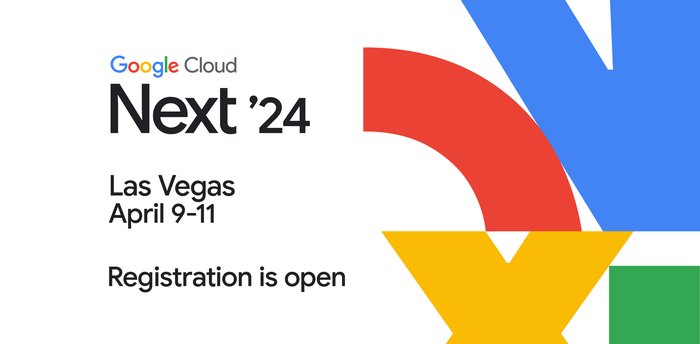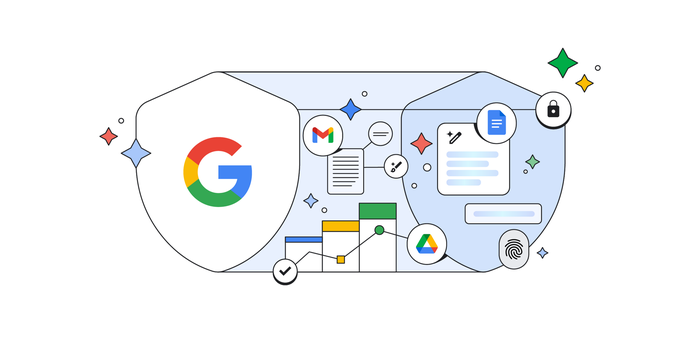In a pioneering agreement, Google Public Sector and UC Riverside launch new model for research access

Karen Dahut
CEO, Google Public Sector
On March 9, we announced a collaboration with the University of California, Riverside (UCR) to modernize its enterprise infrastructure and support its cutting-edge research program. Our ambitious three-year agreement allows UCR to access Google Cloud’s state-of-the-art cloud computing resources at a fixed subscription rate.
I believe this could be a paradigm shift for research in higher education. By moving from a pay-per-use model for cloud computing access to a subscription model, Google Cloud and UCR are pioneering a new way of supporting research and enterprise infrastructure.
UCR is making a major strategic investment in secure, agile, and scalable enterprise infrastructure and research computing services to facilitate innovation and opportunity for those who learn, teach, work, and do research at UCR.
Matthew Gunkel, Associate Vice Chancellor and CIO of Information Technology Solutions
Trailblazing a new way to support research
Too often, researchers all over the nation are stymied by the costs and queues of using supercomputer clusters. Now, UCR researchers can run workloads on several thousand processors whenever they want and the cost is included in the agreement with Google Cloud. When researchers can better predict and contain costs, easily access scalable resources, and seamlessly collaborate with colleagues, they can focus on envisioning solutions to our most pressing scientific challenges. That's a win-win for everyone.
For research faculty like Dr. Bryan Wong, a Professor of Materials Science and Engineering at UCR, this is good news. Wong needs easy access to high performance computing for his everyday research. To test the behavior and reactivity of materials used to make solar cells or other electronics, he runs quantum simulations on hundreds of computer processing units (CPUs) simultaneously.
Like researchers nationwide, he typically spends hours writing 10-15 page proposals requesting computer resources at supercomputer clusters, then waits three months for approval. Sometimes, he doesn’t get as much time as he requested, and the resources allotted were always expensive. “ITS’ new approach to research computing services is much easier and there’s no lag time,” Wong says.
“Through this new service structure we aim to empower faculty and students to focus on their research by removing administrative barriers and providing quick access to infrastructure and service,” says Gunkel. “The goal is to fuel more discoveries and grants, which in turn will help UCR attract top talent.”
The subscription agreement is part of a broader IT modernization effort with UCR, which is an important economic engine in Southern California and a leader in scientific research nationally. Its 26,000 students and 1,100 faculty include two Nobel Prize winners and 15 members of the National Academies of Science and Medicine.
Gunkel says, “as part of our new strategic plan, ITS is investing in technology and services that will drive increased research output and a subsequent increase in campus funding, global recognition, and prestigious academic researchers coming to work for the University.”
Fueling 2-3x growth in computing and storage capacity
Gunkel predicts that this move to the cloud will improve the ability of ITS to provide scaled infrastructure, business intelligence, and research computing in a secure environment. With a flexible, fixed cost subscription model, ITS can respond quickly and scale to enterprise and research demands while offloading the costs and headaches of server maintenance, access, and disaster recovery. “We will see a 2-3x growth in our overall available computing and storage capacity,” he says. With a location-agnostic strategy, ITS will be able to seamlessly shift and deploy computing and storage infrastructure into any data warehouse (on-prem or co-location). In their first pilot initiative, Gunkel reports that ITS helped the UCR University Extension center migrate all their data to Google Cloud in just two and a half weeks.
Transforming higher education – one step at a time
Our higher education system has a unique opportunity to leverage cloud computing to advance research. With access to advanced computational resources, researchers may be able to analyze data sets at petabyte scale in minutes, perform more complex simulations and modeling, and develop new technologies faster and more efficiently. This can help unlock the power of scientific and engineering research to solve complex problems, fueling American innovation.
Today’s research discoveries will be tomorrow’s next big breakthroughs in the understanding of our universe, the health of our communities, and the development of our technologies. I’m excited to see what will come from UCR in the years to come.
To learn more about how Google Cloud is driving innovation in research: University of California, Riverside Enters Into First-of-its-kind Subscription-based Service with Google Cloud to Transform Research and IT



